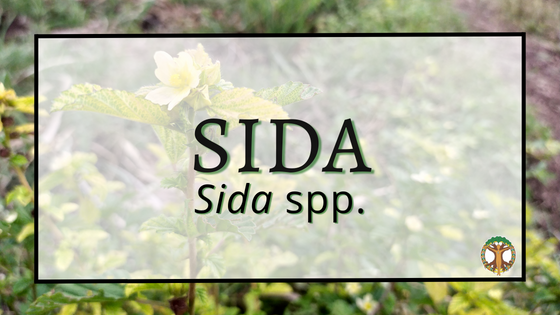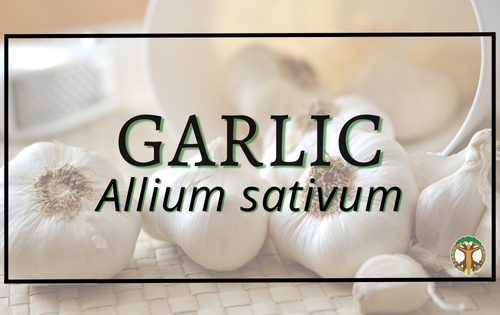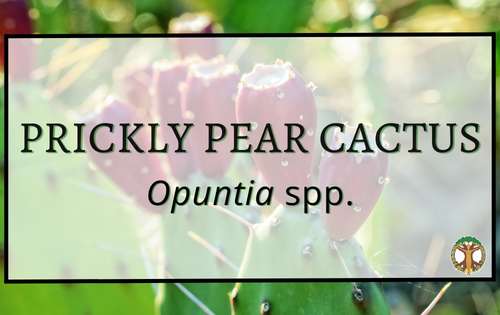
Sida
Botanical name: Sida rhombifolia, Sida ulmifolia, Sida acuta*, Sida cordifolia
Family: Malvaceae
Common name: Broomweed, wireweed, teaweed, fanpetals, Cuban jute, Indian hemp, bala
(* A note on S.acuta vs. S.ulmifolia – “ Although S. acuta has often been applied to Florida material, Krapovickas (2003) restricted the use of S. acuta to plants with a glabrous to ciliate calyx and (5-)6(-7) mericarps. Sida ulmifolia is then applied to plants with a stellate-pubescent calyx and 7-12 mericarps, which applies to the specimens common in Florida.” Wunderlin et al, Atlas of FL Plants 2019. According to historic use and research, it can be presumed that these two species may be used interchangeably.)
Usage: There are 11 species within the Sida genus that grow in the state of Florida; three of these species have been utilized and researched for their medicinal properties – S. rhombifolia, S. acuta & S. cordifolia (*see note on S. acuta vs. S.ulmifolia above). Plants in the genus Sida are pantropical and have a history of medicinal use everywhere that they grow, including within the Ayurvedic (called kurumthotti) and Traditional Chinese. The flowers, when open in the afternoon, are visited by many small native bees including sweat bees (Halictus spp. and Lasioglossum spp.). Due to its woodiness and hardy stems and roots, sida has a history of being utilized to make cordage and brooms (hence the names broomweed, wireweed, Indian hemp and Cuban jute). According to Daniel F. Austin, in “Florida Ethnobotany” the branches of S. acuta are made into brooms, the leaves contain ephedrine and S. rhombifolia is used the same as S. acuta. Sida is also a great forage plant for wildlife like white tailed deer, quail and turkey as it contains high amounts of protein in the leaves.
Modalities: The entire plant is used, with different parts specific to different ailments. Each species mentioned is considered interchangeable with the others in terms of medicinal properties (Buhner). This plant is known for its widely antimicrobial activity, both internal and external, as well as treating symptoms of infection (such as fever and bronchial irritation). Like other members of the Malvaceae family, Sida is demulcent, cooling and soothing. Because of its soothing properties, Sida is an excellent choice for an allergy protocol in which the respiratory system is irritated and inflamed. According to research, Sida has an affinity for protecting red blood cells and is considered a top ally in dealing with Lyme disease. ( See Stephen Buhner’s book Healing Lyme for detailed information on this topic). They are very high in protein and some cultures use it as a pot herb.
*CAUTION/CONTRAINDICATION: Sida species contain a minute amount of ephedrine. Because of this it is contraindicated with other ephedrine containing substances, pseudoephedrine, high blood pressure, heart disease, irregular heartbeat or any other heart problems. It should be used with caution with diabetes.
Growth/Habitat: In central Florida you will find Sida species growing as a perennial but it can act as an annual or biennial according to the climate of a given region. Sida will grow just about anywhere, but prefer full sun in well drained to sandy soils. It will grow in any disturbed soils, in your lawn, along roadsides, in pastures and at the edge of woods. The Sida species mentioned have yellow to pinkish orange, 5 petalled, pinwheel shaped flowers. They open around midday and tend to close as the sun makes its way across the sky. The leaves are arranged alternately, generally 2 to 4 inches in length and the shape and margins vary by species. S. rhombifolia has a diamond shaped leaf with a serrated margin that only exists on the top half of the leaf farthest from the stem. S. ulmifolia has more lance shaped leaves but also presents a similar diamond shape, with the serrated margin spanning the whole leaf. S.cordifolia has more rounded, heart shaped leaves and tends to be quite fuzzy. They can grow in a sprawling habit, or upright, or a mix of both and range from 2 to 6ft in height. The stems are tough and woody as is the root (which is quite tenacious). Each plant produces hundreds of seeds and will readily self seed and take over whatever space they can if not managed.
Growing Sida is as simple as sprinkling seeds on freshly raked soil and letting it do its thing. You will see this plant all year but it tends to flourish late spring through the summer.
Recipes: The alcohol tincture and hot water extract are said to be the most potent forms in which to use Sida medicinally. Stephen Buhner suggests : 1- 2 teaspoons of powdered leaves in 6 ounces of hot water, steep 15 minutes.
Sources:
- http://florida.plantatlas.usf.edu/Plant.aspx?id=2753
- Photo of S. acuta by J.M.Garg – Own work, CC BY-SA 4.0, https://commons.wikimedia.org/w/index.php?curid=5332800
- http://www.eattheweeds.com/?s=sida
- Buhner, Stephen Harrod. Herbal Antibiotics Natural Alternatives for Treating Drug-Resistant Bacteria. Storey Pub., 2012.
- Austin, Daniel F. Florida Ethnobotany. CRC Press, 2004.
- https://edis.ifas.ufl.edu/fr168
by Jaime Pawelek






